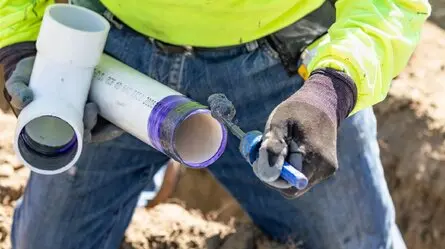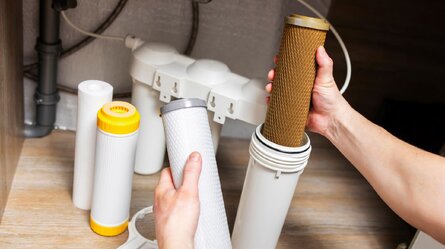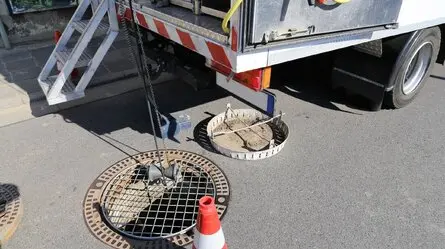You’re rushing to get ready for work, that all-important presentation looming. Suddenly, the shower drain gurgles menacingly, and a rising tide of soapy water starts pooling around your ankles. Panic sets in – a blocked drain is the ultimate morning mood killer.
Luckily, there’s a way to ward off these plumbing nightmares: pipe relining. Instead of digging up your floors or garden, pipe relining forms a new lining inside your existing pipes, breathing fresh life into them. Say goodbye to messy excavations and lengthy disruptions—you’ve got a long-lasting solution for a healthier plumbing system.
The Persistent Threat of Blocked Drains
Few things grind a household to a halt like a blocked drain. A simple task like washing dishes or showering turns into a hassle, with stagnant water rising and that unpleasant feeling of disruption setting in.
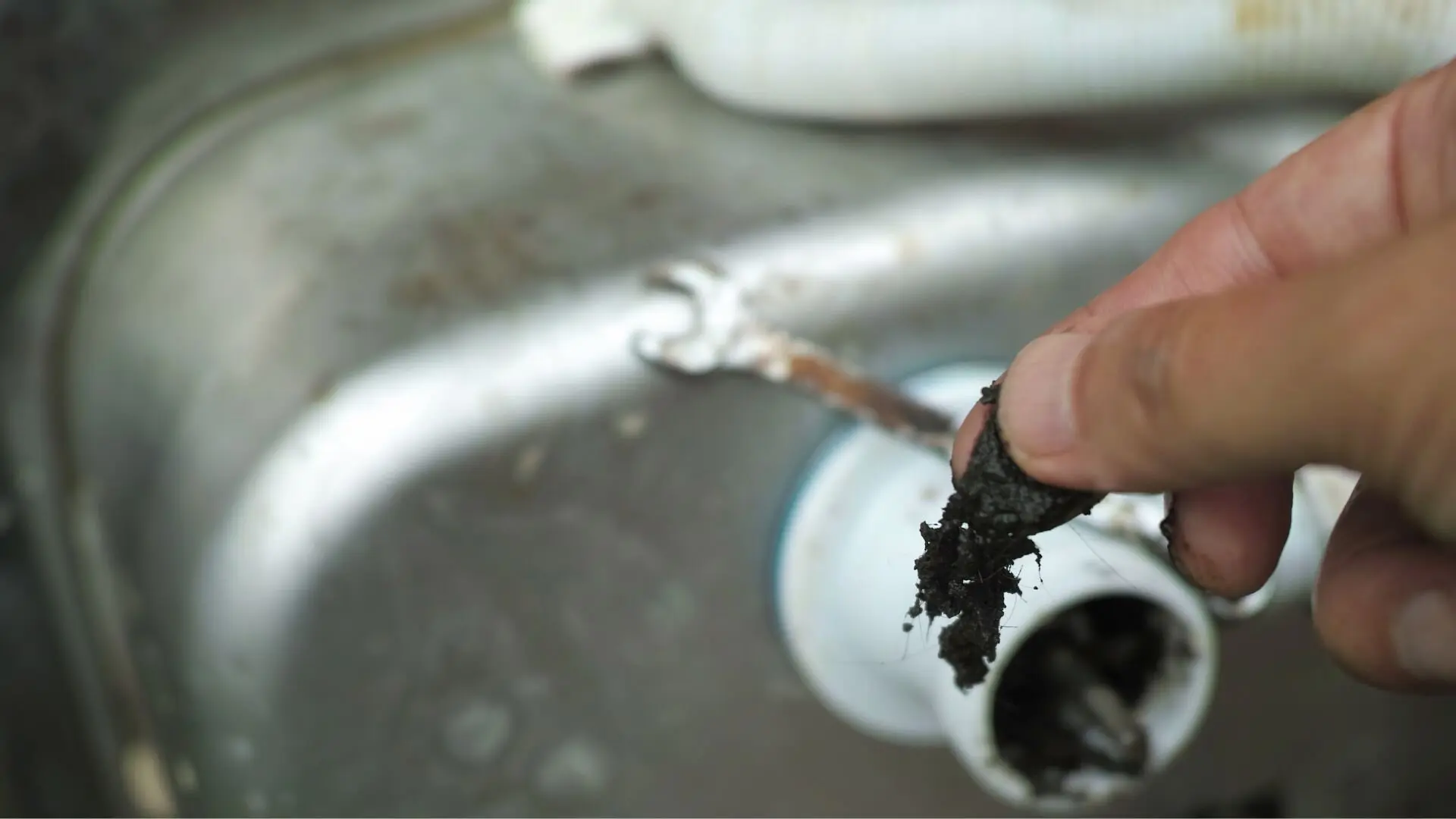
A Multitude of Culprits
The causes of this plumbing purgatory are varied, but all equally unwelcome. Tree roots, ever-persistent in their search for water, can snake their way into pipes, creating a tangled mess that impedes flow.
Grease, a seemingly harmless leftover from cooking, congeals over time, forming a sticky barrier that traps food scraps and debris. Foreign objects – anything from toys to jewellery accidentally flushed down the drain – can become unwelcome guests, causing a complete blockage.
When the Threat Becomes Chronic
But the threat doesn’t stop at one-time occurrences. Cracked or collapsed pipes, often caused by wear and tear or improper installation, can create chronic drainage issues. Similarly, pipes themselves can become victims of time. Age and mineral build-up can narrow their passageways, leading to a slow but steady decline in efficiency, culminating in a full-blown blockage.
The Double Trouble of Roots and Pipes
Tree roots and inadequate pipe materials present a particularly nightmarish scenario. Once a root incursion has begun, it’s a constant battle to keep them at bay. Likewise, poorly chosen pipes might be susceptible to faster deterioration, making blockages a recurring nightmare.
So, the next time you turn on the faucet and are met with a sluggish drain, remember: it’s not just an inconvenience; it’s a potential sign of a persistent threat lurking beneath the surface.
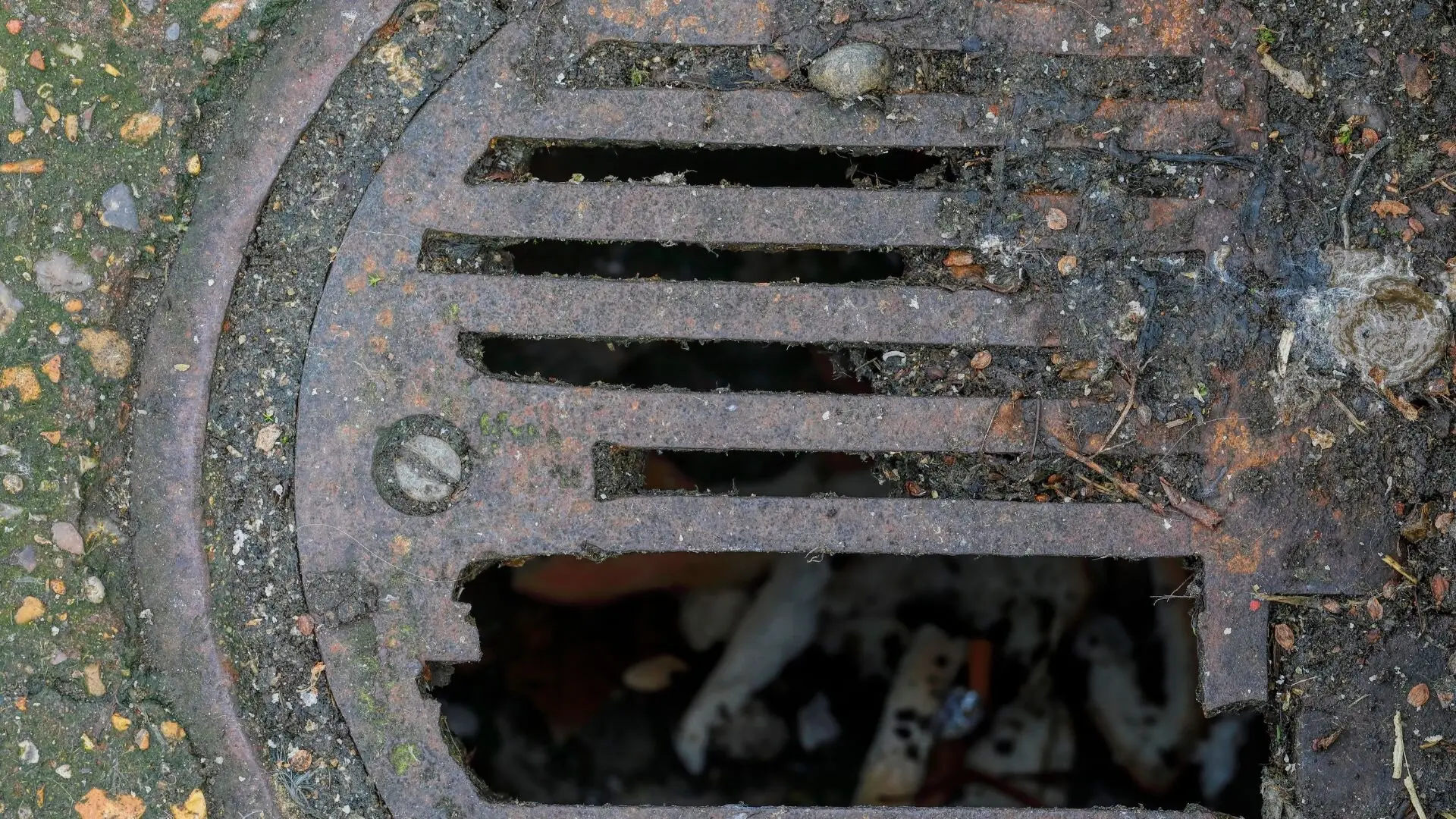
How Traditional Pipe Replacement Falls Short
Resolving plumbing issues often means replacing pipes the old-fashioned way. This process involves digging up the area with the damaged pipe. Plumbers carefully locate these pipes, often with tracers, before excavating trenches that can disrupt your flooring, garden, or driveway. The damaged pipes are replaced with new ones. Although effective, this method has its downsides.
Firstly, the extensive digging is labour-intensive, driving up the overall cost. Secondly, the excavation itself can damage landscaping, walkways, or even foundations. Repairing these damages adds to the project timeline and cost. Thirdly, the process can take days, leaving your plumbing out of commission and disrupting your daily routine.
The Enduring Solution: Pipe Relining
Ever worried about damaged pipes lurking beneath your home? Pipe relining provides an innovative way to restore your plumbing, skipping the usual hassles of traditional repair methods.
What is pipe relining? In essence, it’s a trenchless repair technique that creates a new lining inside your existing pipes. Think about it as slipping a brand-new pipe into the old one, restoring its functionality and structural integrity.
How does it work? There are different relining methods, but two common ones include:
- Epoxy resin lining: A special epoxy resin is applied to a sleeve that’s inserted into the damaged pipe. Once inflated, the resin cures and hardens, forming a strong, smooth lining within the old pipe.
- Cured-in-place pipe lining (CIPP): A resin-saturated liner is inverted into the pipe and then cured with heat or light. This process creates a tight-fitting, durable new pipe inside the existing one.
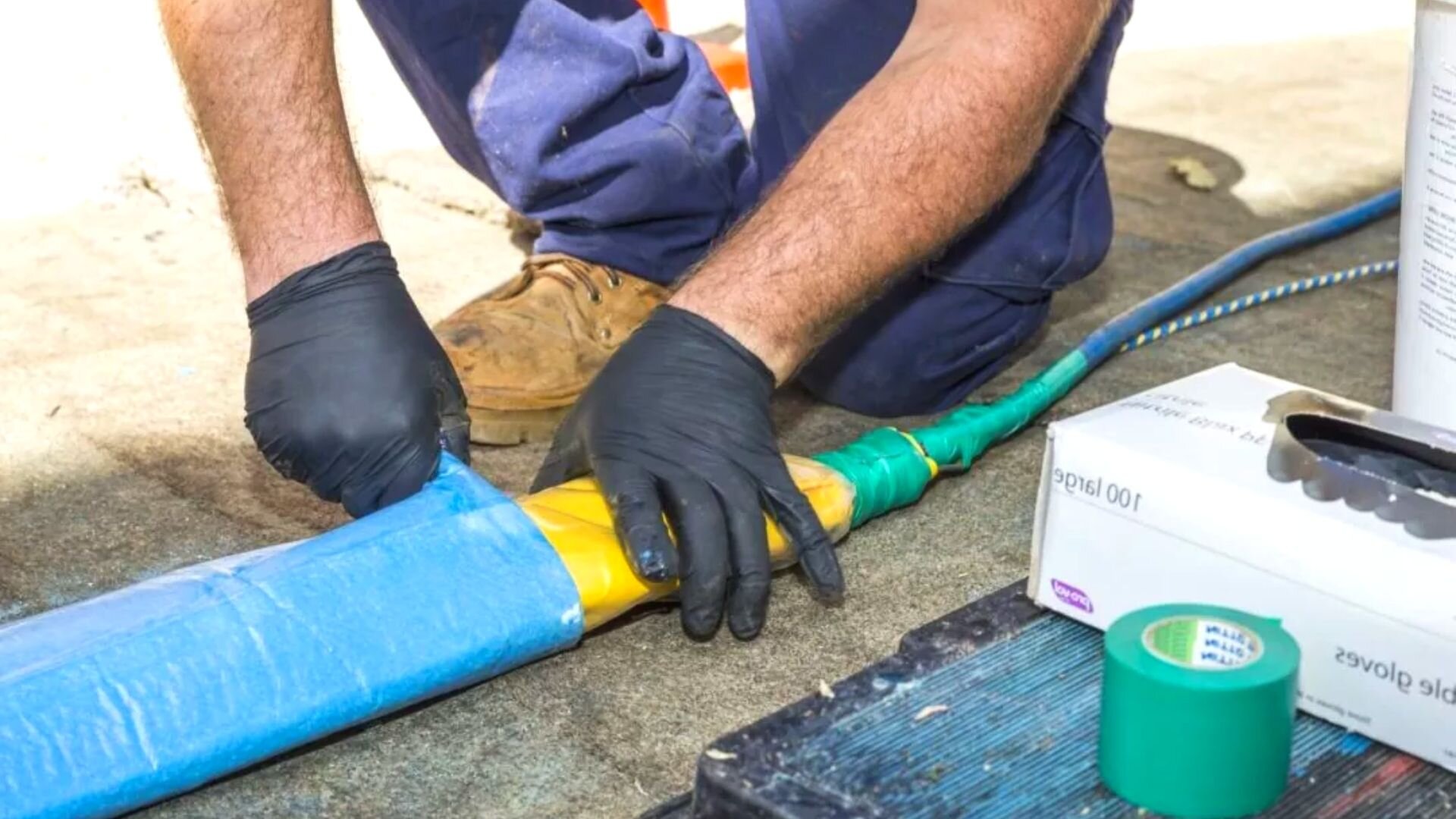
Why choose pipe relining? Here’s why it stands out:
- Long-lasting: The new lining can extend the lifespan of your pipes for decades, saving you from future headaches.
- Cost-effective: Compared to traditional pipe replacement, which involves extensive digging, relining is significantly cheaper.
- Minimal disruption: No need to tear up your floors, walls, or landscaping! Pipe relining is a trenchless technique, minimises disruption to your property.
- Quick turnaround: Most relining projects can be completed in a single day, getting your plumbing back in top shape quickly.
- Smooth sailing: The new lining creates a smooth, non-stick surface that resists future blockages and buildup, ensuring efficient water flow.
- Versatility: Pipe relining can be used to repair various pipe materials, including clay, metal, and plastic, making it a widely applicable solution.
Pipe relining offers a smarter way to address damaged pipes. With its long-lasting results, cost-efficiency, and minimal disruption, it’s the enduring solution for a healthy plumbing system.
Safeguarding Against Specific Threats
Traditional pipe repairs often involve digging and replacing damaged sections, a disruptive and costly process. Pipe relining offers a trenchless solution that strengthens and safeguards your existing pipes against various threats, extending their lifespan and preventing future blockages.
Tree Root Intrusion
Tree roots are a nemesis to underground pipes. Their relentless growth can crack or invade pipes, leading to blockages and leaks. Pipe relining offers a seamless inner lining, providing a strong barrier that roots can’t breach. This means a free-flowing drainage system, without the hassle of constant root removal.
Grease Build-up
Over time, grease and fat solidify on the interior surface of pipes, causing blockages and restricting flow. The smooth, non-stick lining created by pipe relining significantly reduces grease build-up. This allows for smoother drainage and simplifies cleaning, minimising the need for harsh chemicals or frequent drain snaking.
Foreign Objects
Accidental flushing of foreign objects like toys or utensils can cause significant blockages and pipe damage. Pipe relining strengthens the pipes from within, making them more resistant to punctures and cracks caused by these objects. This added resilience reduces the risk of costly repairs due to accidental mishaps.
Invest in Lasting Drainage Peace of Mind With Pipe Relining
Pipe relining offers a long-lasting solution to prevent future blockages. This trenchless technique creates a smooth, new lining within your existing pipes, eliminating cracks, corrosion, and root intrusion – common culprits behind blockages. With improved water flow and a lifespan exceeding 50 years, pipe relining can give you peace of mind, knowing your plumbing system is in top shape.
Curious to see how pipe relining can work for you? Reach out to Woolf Plumbing today for a complimentary consultation. Their team brings a wealth of experience in pipe relining services, ensuring a smooth, efficient process to renew your pipes and keep future headaches at bay.


